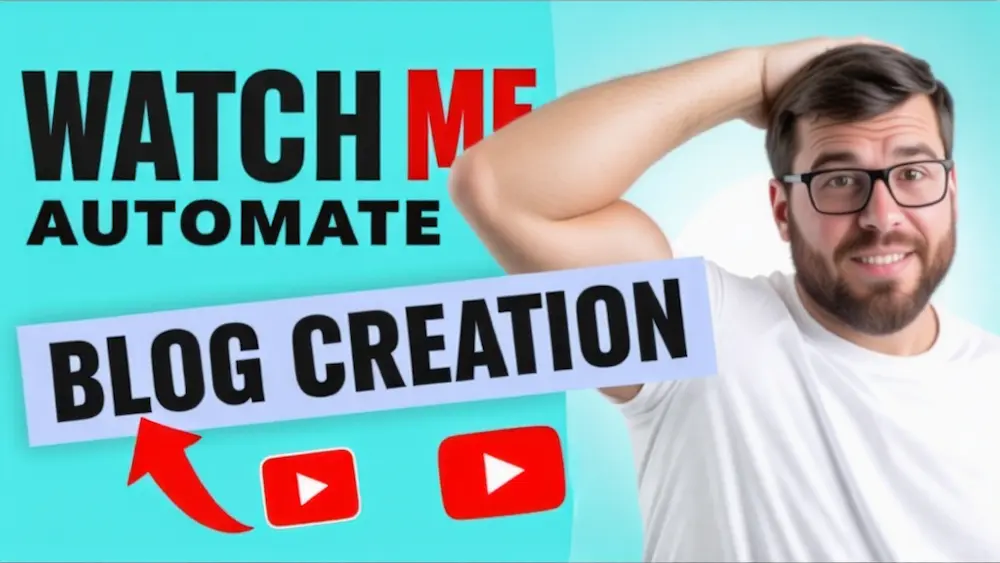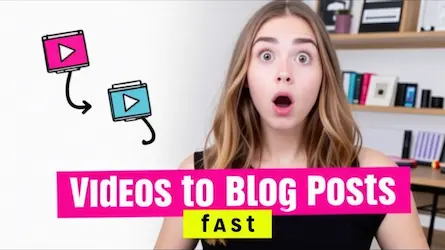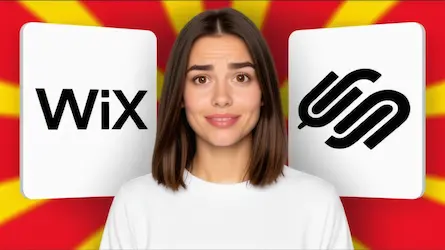Build a Monetizable Faceless YouTube Channel with AI Automation

Introduction
Are you ready to uncover the secrets to building a monetizable faceless YouTube channel with AI automation? This YouTube channel is raking in over $9,000 per month by uploading simple YouTube content. A few months ago, a game-changing method for creating YouTube shorts emerged. It spread like wildfire, and many YouTubers started using the same method, referencing the same channel as an example, and focusing on psychology facts. Initially, this content idea was very popular, bringing great success to early creators in that niche. However, as the market became oversaturated, it became difficult for new creators to stand out and achieve the same results.
But nobody had thought of using this powerful AI method in different creative ways. One of my past videos on this topic was among the earliest and proved to be my most successful so far. Therefore, I’ve developed an updated version that builds on what worked before but takes it to the next level. Using ChatGPT and Canva, the content I’m creating this time is going to take things to a whole new level. By the end, you’ll have your own faceless YouTube channel that you can monetize, built on automation using AI. Integrating video to blog AI will further enhance your content strategy.
Main Body
Creating Three Months’ Worth of Content
Creating three months’ worth of YouTube shorts all at once is a major part of the process. Additionally, the AI will generate all your titles, descriptions, hashtags, and more. For instance, a YouTube channel focused on quiz and riddle videos is racking up millions of views. The reason behind their viral success is simple: they keep viewers engaged and their curiosity piqued with each quiz or riddle, thus increasing watch time. The level of engagement in these videos is off the charts compared to other types of content, mainly because viewers have to fully focus on solving the riddles. The comments section shows how much people absolutely love these videos. Transforming this video content into a blog with the help of video to blog AI can further expand your reach.
Is the Channel Really Monetized?
Now, let’s address the elephant in the room. Is the channel really monetized? Here’s a neat trick. Right-click anywhere on an empty area and select view page source. Then, if you’re using Windows, press ctrl plus F. If you’re using a Mac, press command plus F. Type “monetize” in the search bar and hit enter. If you see “true,” it means the channel is monetized; “false” indicates that it isn’t. This channel earns around $60,000 annually, according to Social Blade. From owning channels myself, I can confirm earnings often meet or exceed its higher estimates. To motivate you, see this new channel successfully adopting this approach, gaining thousands of views. If they can achieve it, so can you.
The Strategy Behind the Process
The strategy for this process has been well-researched and refined, allowing effortless, time-saving video creation. Here’s the plan. Rather than long videos, we’ll produce shorts since YouTube now monetizes shorts. According to Forbes, YouTube is actively promoting shorts, and they have a high chance of going viral. Plus, people nowadays prefer short-form content. Converting these videos to blogs using video to blog AI can also boost your SEO Blogs SaaS strategy.
Step 1: Creating Riddles with ChatGPT
To create riddles, open up ChatGPT. It’s wise to express appreciation; who knows, someday AI might turn into Ultron and take over the world. But with this, you might secure a good job as an AI assistant. If we simply ask ChatGPT to give us riddles to solve, the results might be generic. But that’s where good prompting comes into play. Here’s how to approach it. As a renowned riddles expert, the task is to create five quick and interesting riddles for the audience to solve. The riddles should be easy enough to engage and entertain participants. Each riddle should have three options, with only one correct answer, in a table format. Then, lay out the desired format and provide a suitable example. ChatGPT has done a good job. Sometimes ChatGPT can have its quirks, so if preferred, Google’s barred AI can be an alternative. For now, though, stick with ChatGPT. Ask it for 300 riddles. If it says it can do 10 at a time, keep hitting it up until getting them all. Once the complete riddle collection is ready, import it all into a Google sheet to organize. It can be wacky sometimes, with fields like title, hype, and body ending up extra long for no reason. So give it a round to make things easier down the road.
Step 2: Creating Videos with Canva
Open up Canva and create a video. Firstly, work on the background. Click on the elements tab and search for the type of background video desired. Now copy the text from the first column and paste it onto the template. Adjust the text size, and if the text needs to be in all caps, choose the font style preferred. To enhance the visibility of the text, add a text background using the square shape. Adjust its size and pick a color of choice. As the background might appear too bright for the text, add a black overlay and adjust its opacity to liking. To ensure the text is positioned behind the background, select Layers and choose Send to Backward. Head back to the sheets and grab the next riddle text. Paste it in, then select a font and size that suits. Now an illustration is needed. How about a person pointing up? That could work nicely. With Canva, even cut out the background for a cleaner look. Throw in some motion to make it engaging. Browse the animation options and apply it to every element on screen. Right-click the text layer and hit Show Timing. This lets control when elements pop up or fade out. Now copy the next part of the riddle, place it here, and ensure it’s neither too big nor too small. This section also requires a background; choose one that adjusts based on the text and adjust its screen timing. Add animation to this part as well. Repeat the same process for all three options of the riddle. To copy an element on the screen, click and drag while holding the Alt key. Make sure new elements appear once the previous elements disappear. To keep viewers engaged, add one more animation to these elements. Add a timer for added excitement, adjust its timing accordingly, and then repeat the same process for the answer section.
In just a few seconds, see the fantastic outcome of the riddle. Seems like something is missing, right? Music! But there’s a problem if choosing Canva’s music; copyright issues might be encountered. The suggestion is to spend some time finding free music from the YouTube Music Library and upload it. Now add one extra element before revealing the final result. Converting these video guides into written format using video to blog AI can enhance your SEO Blogs SaaS strategy.
Step 3: Automating the Process
Scroll down and click on Apps, then search for Bulk Create. Click on Enter Data Manually. Click on Clear Table. Go back to the Google Sheets document and copy 30 rows, including the titles. Then paste them. Pay close attention to this crucial step. Connect each data point to its respective text element on the screen. For example, if this is the body text, select Body from the Connect Data list. Once all data points are connected, it will appear as ticked. Click continue and then hit generate. In just a matter of seconds, 30 shorts will be ready. The reason for choosing only 30 shorts at this time is to ensure that all shorts don’t end up with the same visuals. Go back to the template and make some changes to the background and colors for the next batch. And voila! Here’s the next batch of YouTube Shorts, all ready for a faceless YouTube channel with complete automation using AI. To download the shorts, simply ensure that the appropriate option is ticked before hitting the download button.
Step 4: Creating and Uploading to Your Faceless YouTube Channel
Creating your faceless YouTube channel and uploading these shorts using AI is the final part. Although this process is lengthy, setting up a YouTube channel is manageable. There are three crucial things to take care of: the title, description, and tags. To accomplish that, go to ChatGPT and paste in a prompt, instructing it to create all three of them in one go, specific to the topic provided. Simply copy and paste all three to YouTube to go along with the shorts. Once all the necessary steps are completed, hit the publish button. Transforming these videos into blogs using video to blog AI can further enhance your SEO Blogs SaaS efforts.
Consistency is key, and conducting personal research and experimenting with creative ideas using this AI automation technique is highly encouraged. Thank you for following along, and best of luck with the new faceless YouTube channel!
Conclusion
Building a monetizable faceless YouTube channel with AI automation is not only feasible but can be incredibly rewarding. By leveraging tools like ChatGPT and Canva, you can streamline your content creation process and reach a broader audience. Don’t forget that transforming your video content into written blogs can further amplify your reach and improve your SEO strategy. For an even more effortless experience, consider using VidToBlogs to turn your viral YouTube content into SEO-optimized blog posts, ensuring your SaaS product gets the visibility it deserves. Ready to take your YouTube channel and blog to the next level? Visit VidToBlogs today!



